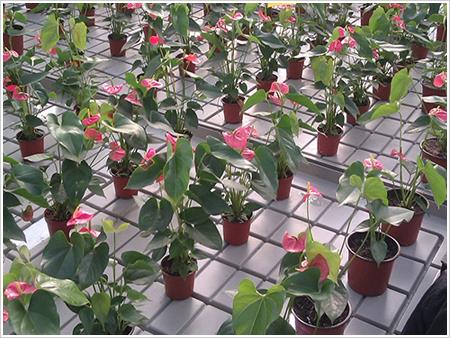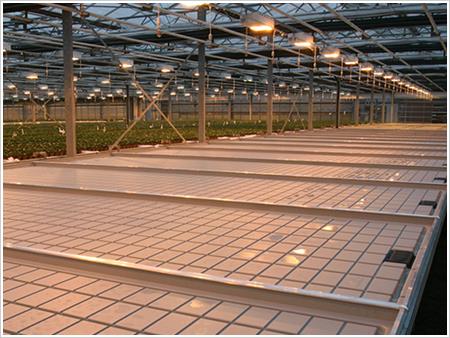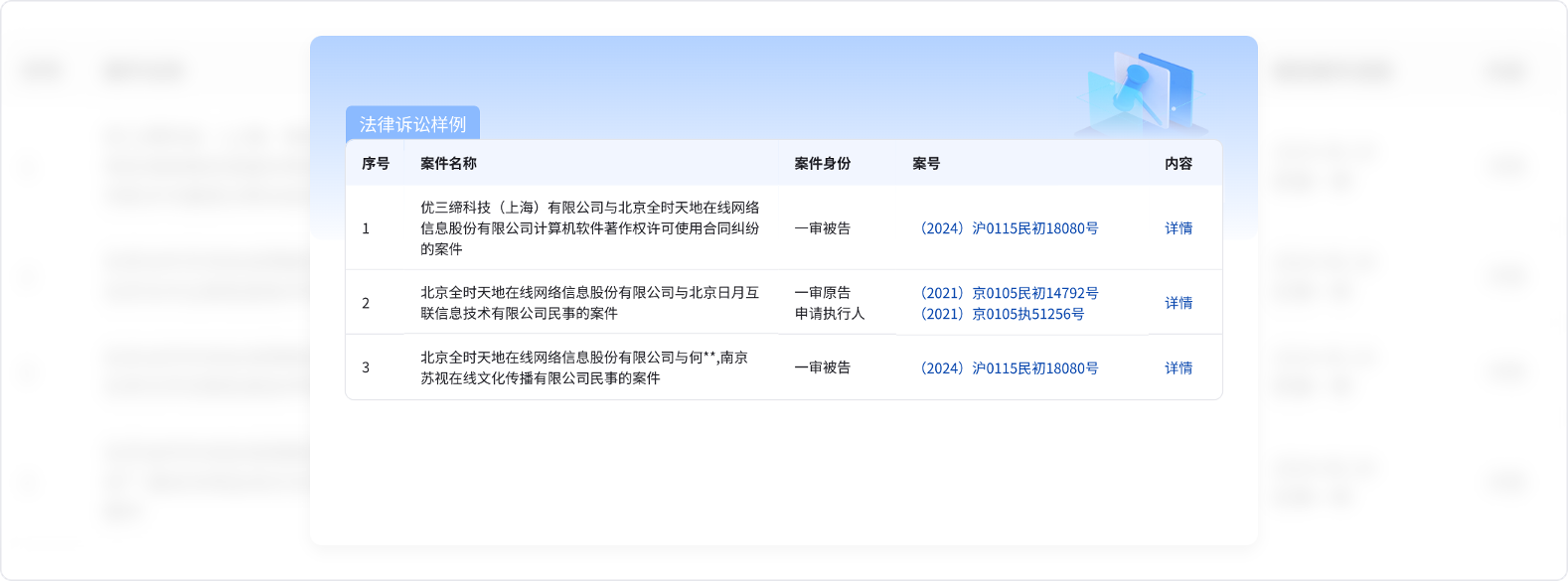 潮汐式灌溉移動苗床培養床是一種床面為塑料結構的培養床,其床面選用塑料制造的潮汐式苗盤,它又稱底部灌溉式培養床。這種潮汐式灌溉移動苗床選用根本與商品化金屬結構培養床相同的立柱、支撐,床面選用模壓成型的不透水塑料苗盤。灌溉時,苗盤內注滿清水或營養液,并使其滯留一定的時刻,以使作物依靠毛細效果經過花盆底部的排水孔吸收水分。之后灌溉水排出培養床,或收集再利用,或直接排到當地的下水管道。
潮汐式灌溉移動苗床培養床是一種床面為塑料結構的培養床,其床面選用塑料制造的潮汐式苗盤,它又稱底部灌溉式培養床。這種潮汐式灌溉移動苗床選用根本與商品化金屬結構培養床相同的立柱、支撐,床面選用模壓成型的不透水塑料苗盤。灌溉時,苗盤內注滿清水或營養液,并使其滯留一定的時刻,以使作物依靠毛細效果經過花盆底部的排水孔吸收水分。之后灌溉水排出培養床,或收集再利用,或直接排到當地的下水管道。
The moving seedbed of tidal irrigation is a kind of culture bed with plastic structure, and its bed is made of plastic tidal seedbed, which is also called bottom irrigation type culture bed. The movable seedbed for tidal irrigation uses the same columns and supports as the commercial metal structure seedbed, and the surface of the seedbed is molded with water-tight plastic seedbed. When irrigating, the tray is filled with water or nutrient solution and held in place for a certain period of time so that the crop can absorb water by capillary effect through the drainage hole at the bottom of the flowerpot. Irrigation water is then drained out of the beds, collected for reuse, or discharged directly into local sewers.

潮汐式灌溉移動苗床能夠有效增加30%的培養面積 ,節約70%的灌溉用水和30%肥料,同時可進步成效。對進步園藝生產功率有很大的幫助。灌溉距離可由栽培者自行設定,營養液由儲液罐泵出,給苗床灌水。苗床配有一個內嵌式管道,灌溉后,能夠使水迅速排干,以確保作物的根部不會長時刻浸在水中。它還能夠為作物不斷供給新鮮的營養液,不沉淀,濃度可控。排除的營養液也很簡單收集并從頭運用。
汐式灌溉移動苗床的長處:
1. 能夠有效削減作物的病害
因為它可下降溫室濕度,使作物的葉和花始終保持在干爽的狀況,從而削減病菌滋生。
2. 促進植物成長,大量的氧氣跟著營養液被輸送到作物根部,使根部系統發育更有生機,削減了根部疾病,促進植物成長。
3. 進步質量。作物能夠同時同步地均勻灌溉,便于精確操控,進步作物品質。
4. 下降本錢。栽培生產的人工本錢很大一部分源于手工灌溉,運用潮汐式苗床后,灌溉能夠完成全自動操作,進步灌溉功率,下降人工本錢。
5. 人性化作業。有了潮汐式苗床,作業人員能夠在適宜的高度下作業,不必經常彎腰作業,從而削減背部損害。別的,因為通道保持干燥,能夠削減濕滑的藻類植物成長,削減工傷事故發作。
6. 節約水資源。運用潮汐式苗床,所有的灌溉用水都可被收集并循環運用,把對水資源的糟蹋降到較低程度,同時下降貴重的肥料運用本錢。
Advantages of moving seedbeds for TIDAL IRRIGATION: 1. Can effectively reduce crop disease because it can reduce greenhouse humidity, so that the plant leaves and flowers are always kept dry, thus reducing the breeding of pathogens. 2. Promote plant growth, a large number of oxygen along with the nutrient solution is transported to the roots of crops, so that root system development more vitality, reduce root disease, promote plant growth. 3. Progressive Quality. Crops can be irrigated at the same time and evenly, facilitating precise control and improving crop quality. 4. Reduced cost. A large part of the artificial cost of cultivation and production comes from manual irrigation. After using tidal seedbed, irrigation can complete automatic operation, improve irrigation power and reduce the artificial cost. 5. Humanized operation. With a tidal seedbed, operators can work at appropriate heights without having to bend over too often, thereby reducing back damage. In addition, because the channels are kept dry, they can reduce the growth of slippery algae and reduce work accident. 6. Water Conservation. With the use of tidal seedbeds, all irrigation water can be collected and recycled, reducing the waste of water resources to a lower level, while reducing the use of expensive fertilizer costs.



























